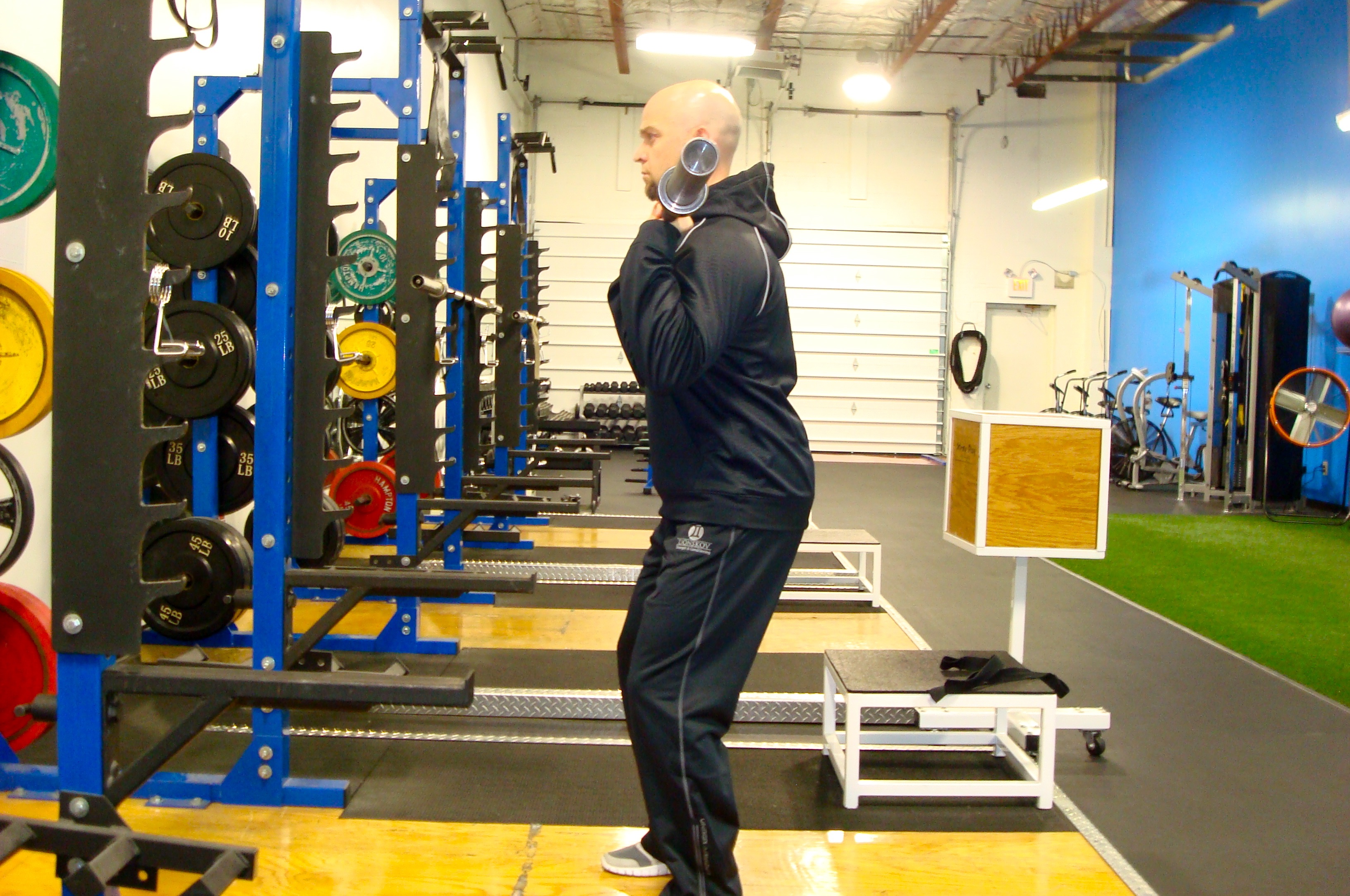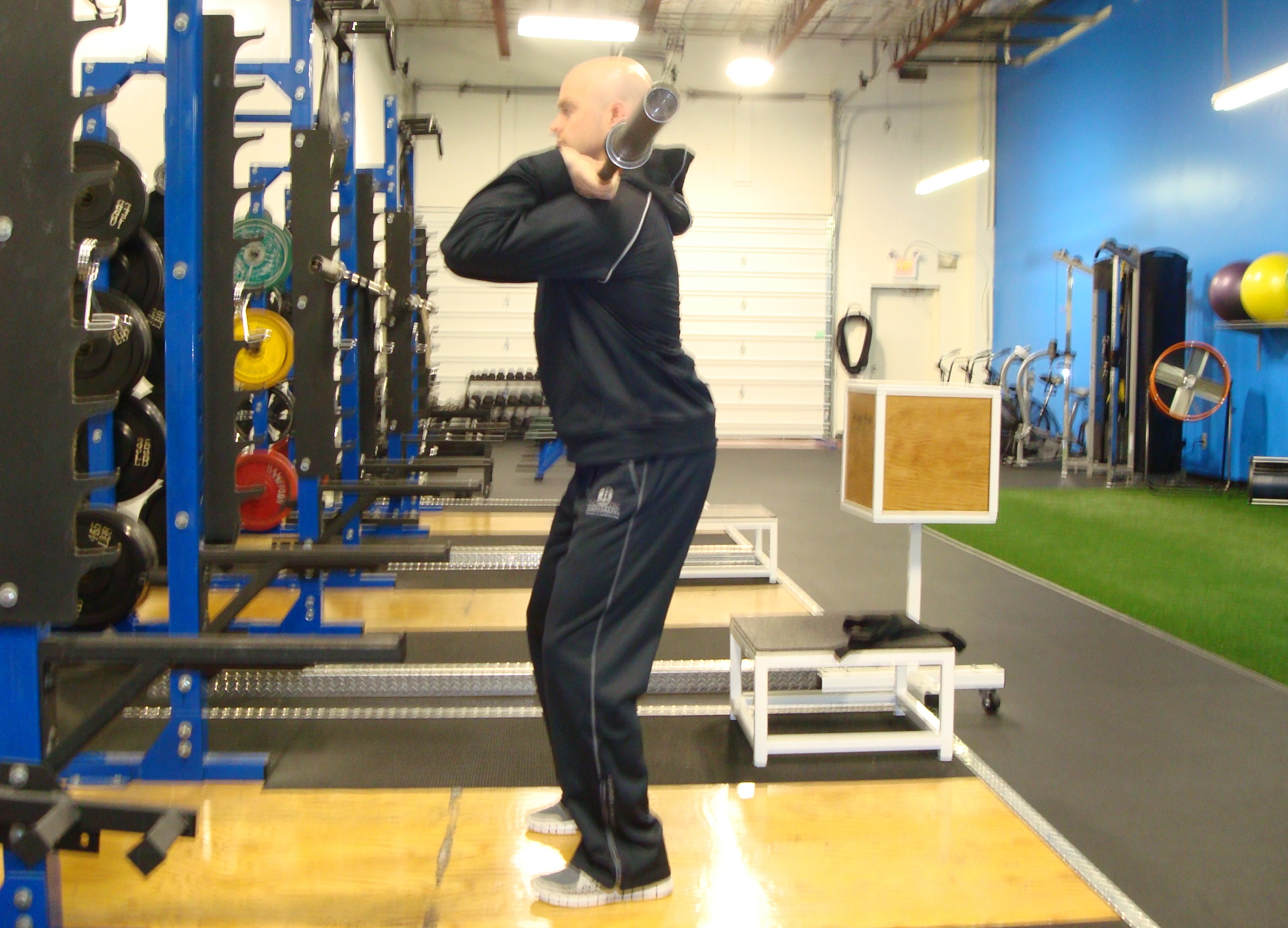Anthony Donskov
Anthony Donskov is the founder of DSC where he serves as the Director of Sport Performance. Donskov holds a Masters Degree in Exercise Science & is the author of Physical Preparation for Ice Hockey.
If Only I’d Known Then: 5 Things I Wish I had Known 10 Years Ago
- Font size: Larger Smaller
- Hits: 4212
- Subscribe to this entry
- Bookmark
As Coaches, we are always trying to find better ways of doing things. Whether it be screening, soft tissue work, exercise design, exercise selection, stress fluctuation, or any other variable that can better the system set in place to train our respective populations. Many times our quest for answers leads us right back to where we started. Coach John Wooden said “There is no progress without change, but not all change is progress”. This quest can also lead us to answers that change the way we coach, that change the way we think. I will never apologize for this “change” because it represents growth. Below are five things I wish I would have known ten years ago.
1.) Rack Position/Hang Clean
One of my biggest mistakes (both as a coach and former athlete) was the rack position for the Hang Clean. Failure to properly rack the bar creates wrist and shoulder pathology and limits the resistance used. It is MANDATORY to master this position in order to allow your athletes to safely use heavy loads. Thanks Coach Boyle for this lesson.

Incorrect

Correct
2.) The Importance of The Lower Trapezius
We live in a society where sitting is common among working adults and youth populations. Coupled with this problem, is the fact that a good workout for most consists of bench press, curls and sitting on an exercise bike for prolonged periods of time. This leads to tightness in the pec minor/major, levator scapula and can shut down the function of the lower traps (upward rotation, depression). This can lead to external impingement and cuff pathology. Equipped with this information I have changed three areas in my current programming. Thanks are in order to Eric Cressey and Mike Reinold.
- Soft tissue/Roll (pec minor, major, levator scapula)
- When performing the Y, T, W, L rotator cuff circuit, make SURE the Y pattern is lined up with the fibers of the Lower Traps (look at the diagram below). I also add scapular depression protocol in pulling and activation exercises (wall slides would be an excellent example).
- Bench Press: I have my athletes set up for bench with shoulders retracted, they then sit back and slide under the bar (this depresses the scapula). I have found this to be a HUGE success in shoulder comfort and weight pushed. Thanks again Eric Cressey.

Photo Courtesy of T Nation
3.) Lateral Days
The importance of lateral days cannot be ignored. I train hockey players and my “old school” thinking was that hockey in itself was a lateral day. I was wrong! Lateral days are extremely important at attacking musculature that many times is misunderstood, overstretched and overworked (hip flexors/adductors). Lateral days have addressed these issues with my athletes and have aided me in my quest to reduce hip related injuries. Once again, thanks are in order to Coach Boyle.
4.) Over Coaching
No one wants to be spoken to in a different language. No one wants to be confused and frustrated. Keep it Simple. The best Coaches are masters at getting the most done with the least amount said. Don’t over coach. Thanks Coach John Wooden and Coach Dan John.
5.) “Functional Training”
There was a day where I spent ten-fifteen minutes trying to get a client to “draw-in” or “brace”. My definition of functional training was ass backwards. Functional training is nothing more than the application of functional anatomy to training. Train movements and don’t make excuses for getting your athletes strong. Strong equates to pushing and pulling heavy weight, not balancing on a BOSU ball, holding eight-pound hand weights with your eyes closed. This was learned through trial and error experience, from making mistakes.
I am sure as Coaches, we can all come up with these lists, training variables we wish we would have known many years ago. The most important aspect however, is that we do NOT continue to make these mistakes, that we learn and grow. That is the true measuring stick of a great Coach. Without constantly pushing ourselves in finding better ways of performing our craft, we will remain stagnate. As we continue to learn, our lists will only continue to grow, and there’s no reason to apologize for it!
Anthony Donskov, MS, CSCS, PES, is a former collegiate and professional hockey player, founder of Donskov Strength and Conditioning, Inc. (www.donskovsc.com) and Head Instructor/Director of Off-Ice Strength and Conditioning for Donskov Hockey Development (www.donskovhockey.com). He can be reached at info@donskovsc.com .
Facebook: http://www.facebook.com/pages/Donskov-Strength-and-Conditioning-Inc/111694352189187
Twitter: http://twitter.com/Donskovsc
